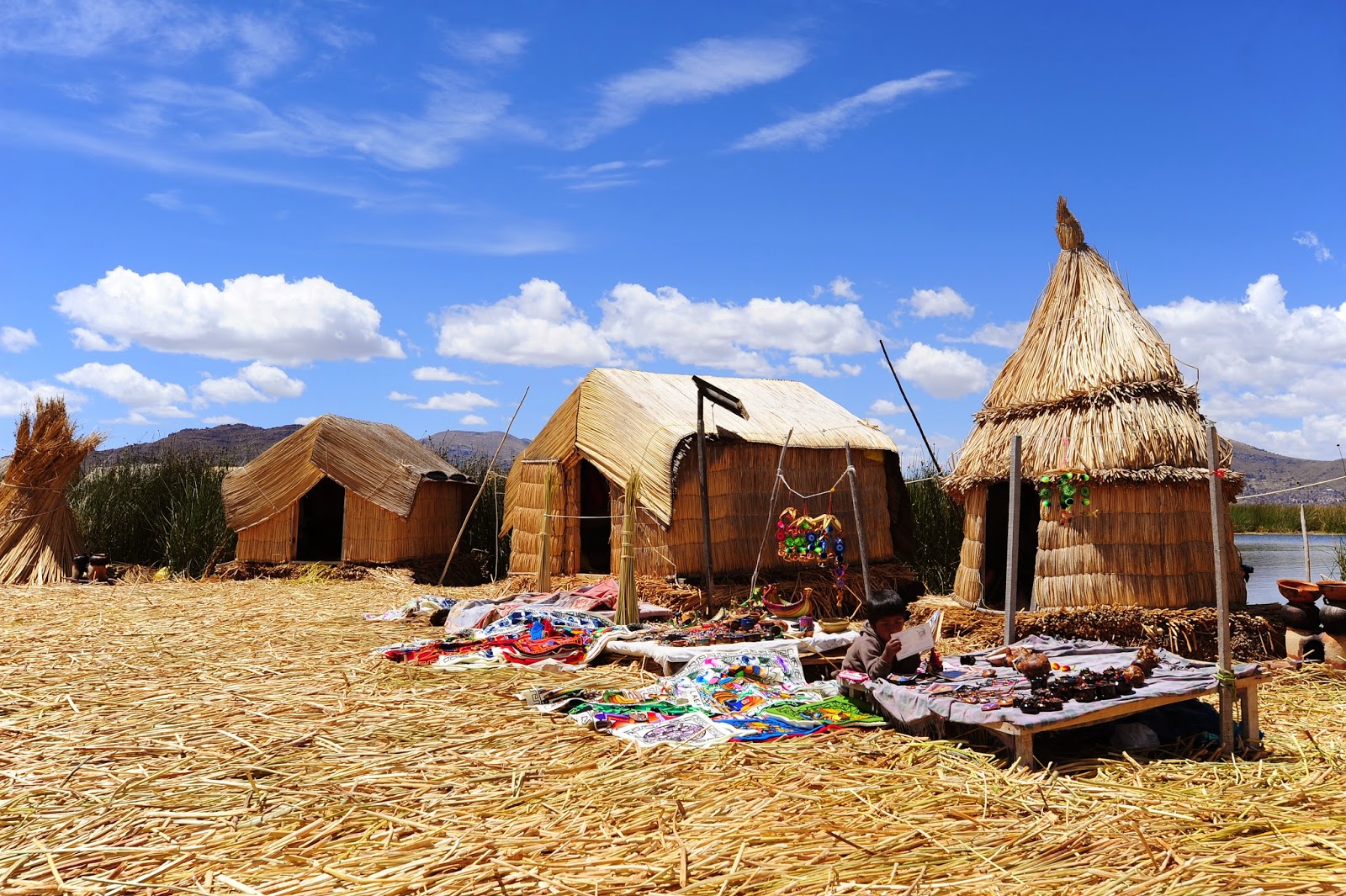I believe in God as a force that underlies free spirits, eternal beauty and unbreakable bounds between us. I believe as well that God dwells in each of us as a creator, but in some of us the creator is confused with his creation itself.
This is exactly how I felt when I saw Richard MacDonald's exhibition at Dawson Cole Fine Art in Laguna Beach, California. His sculptures have something magical: you look at them and you can see them moving, acting, dancing as the artist captures in these carved bodies that unique moment of a motion or a gesture which can simply raise a theatre hall full of spectators.
I was not allowed to take pictures inside the gallery and the photos I took in the garden of these installations do not do real justice to the sculptures but I hope they will arouse your curiosity to search for the astonishing work of Richard MacDonald.
"The characters he creates are playing forever in the theatre of life".
Guy Laliberte, founder of Cirque du Soleil.






































